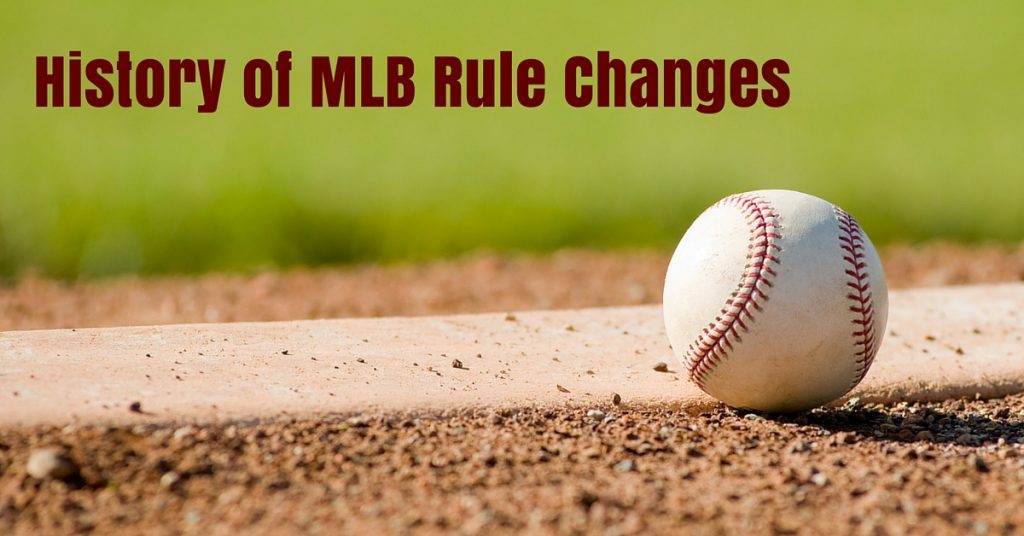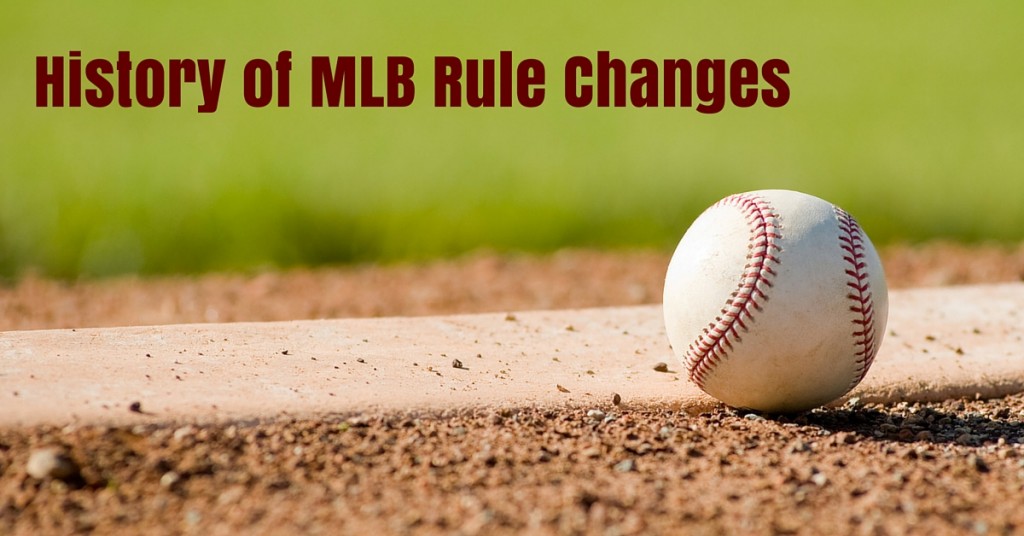Baseball is a game built on traditions. It’s been played in virtually the same way for more than a century…except for a handful of changes that made a big impact on the “national pastime.”
- Big-league pitchers don’t spend a lot of time practicing hitting because they’ve got to focus on their specialty. The vast majority of the time, when pitchers come to bat, it’s a quick, easy out. In 1973, the American League thought it would speed up games and make them more interesting by having pitchers just pitch, and their place in the batting order going to a non-fielding player called the “designated hitter.” Many fans say the DH challenges the “purity” of the game, but they might just be in luck: The Designated Hitter rule was technically just an “experiment,” so the AL could eliminate it at any time. (But they won’t.)
- Battling helmets weren’t required until 1971.
- Prior to 1975, balls used in MLB games were required by the game’s official rules to be covered in horse hide. By the mid-‘70s, however, there was both a shortage of horses and the idea of slaughtering horses for industrial uses had fallen out of favor. From then on, balls have been cowhide-covered.
- In May 2016, Major League Baseball executives announced that two rule changes were under consideration. One would change the strike zone, making it slightly smaller. The bottom of the zone is currently “the hollow beneath the kneecap,” and if the change goes through it’ll end at the top of the hitter’s knees. The other rule involves the intentional walk. Currently, if a pitcher wants to skip a batter and get them on base to force a double play (which often happens with a pitcher up to the bat in National League games), he throws four straight balls far to the side of the plate. The rule change would allow a pitcher to call the walk and not have to throw the pitches.









